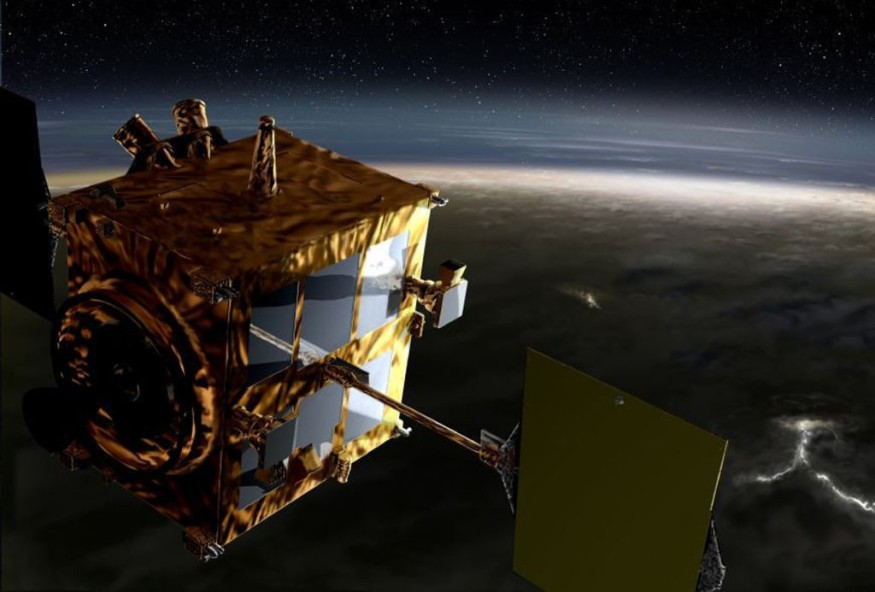Japan's dream of landing its first rover on the Moon died after the Japan Aerospace Exploration Agency (JAXA) lost contact with their CubeSat Outstanding MOon exploration TEchnologies demonstrated by NAno Semi-Hard Impactor (OMOTENASHI) during NASA's Artemis I mission.
The CubeSat OMOTENASHI was launched with nine other small satellites as secondary payloads of the mission, which liftoff to space from the Kennedy Space Center on November 16.

Mission Failed: JAXA's CubeSat Dies After Launch
As part of the Artemis I mission of NASA, the Orion spacecraft is also carrying small satellites that will be launched to observe the Moon. On November 16, 2022, at 1:47 EST (November 16 at 15:47 JST), per JAXA's report, the CubeSats OMOTENASHI and EQUULEUS were launched from the space coast in the US.
JAXA confirmed that EQUULEUS was separated from the spacecraft and operated normally at 22:50 (JST) on the same day. Meanwhile, the OMOTENASHI also separated on the same day; but the CubeSat has not completed the Sun acquisition and communication was unstable
They confirmed on a Monday tweet that they tried to recover OMOTENASHI and would have started the landing sequences on that day. However, the communication did not come back, and decided to give up their [Ultra-High Frequency] operation on the landing phase.
They explained in a recent tweet that communication with the CubeSat could not be established during the ground station operation (DSN Goldstone station) and they determined that the lunar landing maneuver (DV2) operation could not be performed.
According to Republic World, the lunar lander would have made Japan the fourth country to send a rover to the Moon had the touchdown been successful. Also, it would have been the smallest rover to ever land on the lunar surface.
Nonetheless, the agency said that the Moon landing was also aimed at conducting technical demonstrations and not just landing on the lunar surface. More so, they intend to measure the radiation environment outside the Earth's magnetosphere that was carried out during the spaceflight.
READ ALSO : NASA's Orion Spacecraft Unveils the First Video of Earth as It Begins Its 25-Day Mission Around the Moon
About JAXA's OMOTENASHI CubeSat
The OMOTENASHI mission is a product of the collaboration between JAXA and the University of Tokyo. According to NASA, it is a 6U CubeSat that was supposed to land on the Moon with the primary objective of testing the technologies and trajectory maneuvers that will help it land.
The 16-kg CubeSat, which carries a 1kg nanolander, also aims to measure the radiation environment beyond the low-Earth orbit. Its mission to land was scrubbed after a failure in establishing communication with the rover. If communications are back, the CubeSat could conduct scientific measurements in space.
OMOTENSHI's issue was flagged a day after its deployment when the operators informed that they could not establish communication with the CubeSat. They estimated that the solar cells will gradually face the Sun around March next year when they could hopefully connect with the rover. For now, they are working to re-establish contact through additional tests.
RELATED ARTICLE : NASA's Artemis I Performs Lunar Flyby on the Sixth Day of Its Mission, Passing by Apollo Landing Sites
Check out more news and information on Artemis Program in Science Times.










